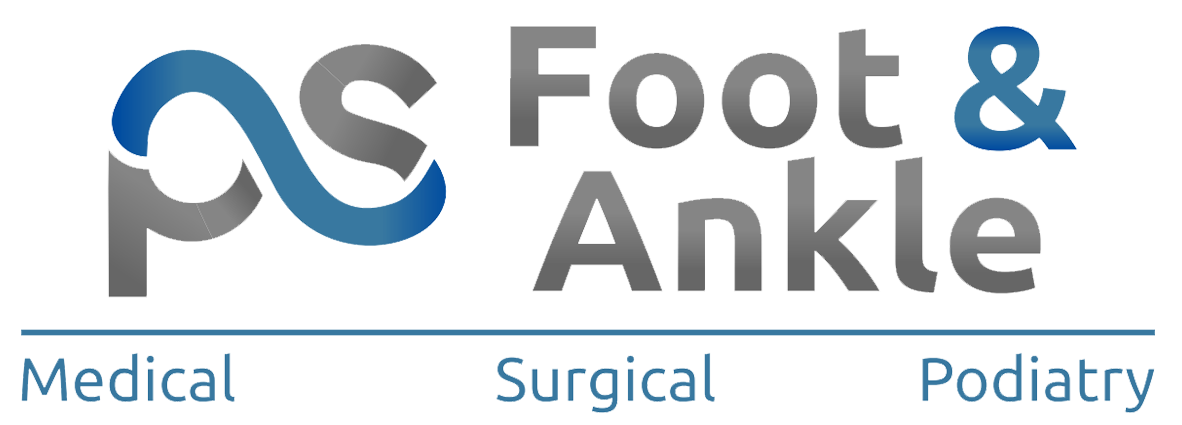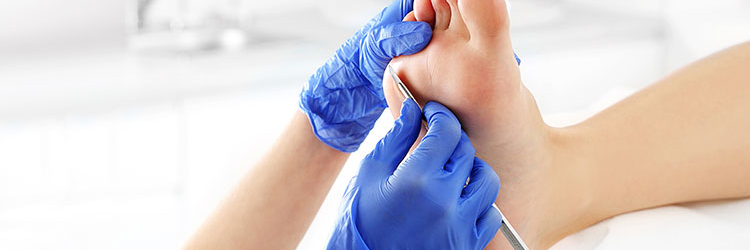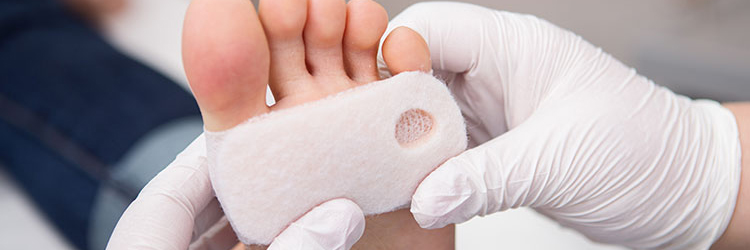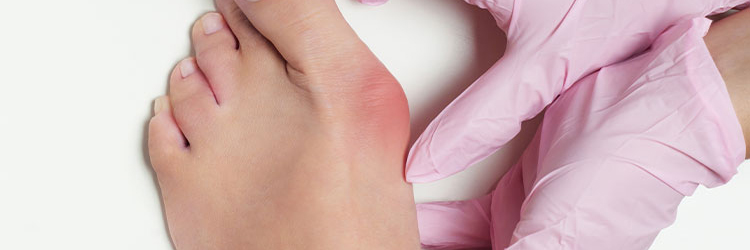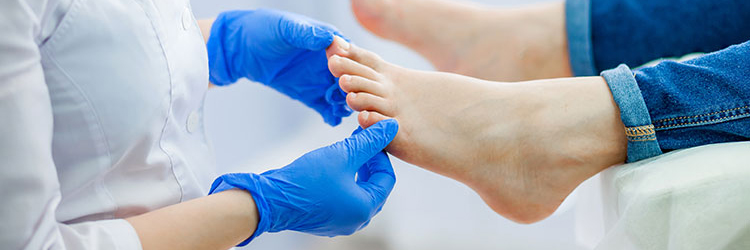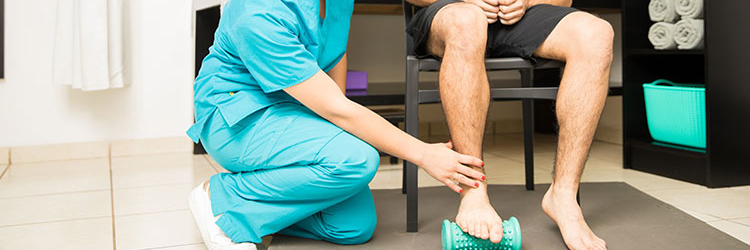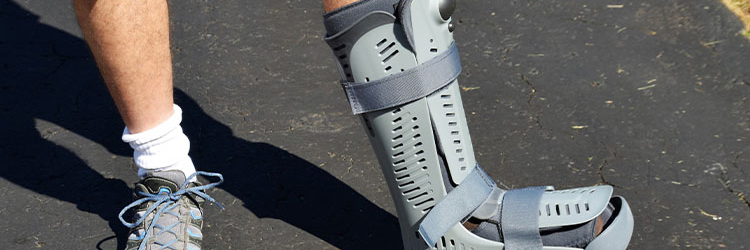What is a pediatric flatfoot?
Pediatric flatfoot is a common condition in which the arch of the foot does not develop properly during childhood, resulting in a flattening of the foot. This can be present at birth or develop over time during childhood. Pediatric flatfoot is usually painless and does not usually cause any problems with walking or other activities. However, in some cases, it can cause discomfort or pain, and may interfere with a child’s ability to participate in physical activities.
There are different types of pediatric flatfoot, including flexible flatfoot (where the arch is present when the child is sitting or standing on tiptoe, but disappears when standing flat on the ground) and rigid flatfoot (where the arch is completely absent even when the child is standing on tiptoe).
Most children with pediatric flatfoot do not require treatment, as the condition usually resolves on its own as the child grows and develops. However, in cases where the child is experiencing pain or discomfort during physical activity and sport and/or if the condition is severe and not resolving on its own, treatment options may include orthotics (shoe inserts), physical therapy, stretching exercises, and in rare cases, surgery. It is important for parents to monitor their child’s foot development and seek medical advice if they have any concerns about their child’s foot health.
What are conservative treatment options for pediatric flat feet?
Conservative treatment options for pediatric flat feet may include:
- Observation: Most children with pediatric flatfoot do not require treatment and the condition often resolves on its own as the child grows and develops. However, regular monitoring by a healthcare professional is important to ensure that the condition is not causing any problems or complications. Gait exams and sometimes radiographic evaluation can help identify the source of the issue.
- Shoe modifications: Wearing shoes that provide adequate arch support and cushioning can help alleviate symptoms of pediatric flatfoot. Investing in personalized orthotics may also be recommended to provide additional support and cushioning during this developmental stage. Certain orthotics can specifically guide foot motion while bones develop leading to better foot foundation.
- Stretching exercises: Regular stretching exercises can help improve flexibility and strengthen the muscles and tendons in the feet and legs. This can help alleviate symptoms and improve the child’s overall foot health.
- Physical therapy: A physical therapist can provide exercises and techniques to improve flexibility and strength in the feet and legs.
- Weight management: Maintaining a healthy weight can help reduce stress on the feet and legs, which can be particularly beneficial for children with pediatric flatfoot.
It is important to consult with us at PS Foot and Ankle to determine the best treatment options for your child’s specific case of pediatric flatfoot. In some cases, additional testing or imaging may be necessary to assess the severity of the condition and determine the most appropriate course of treatment.
What are surgical options for pediatric flat feet?
Surgical treatment options for pediatric flat feet are generally reserved for cases where conservative treatment options have been ineffective or in cases where the condition is causing significant pain or mobility issues. Some surgical options for pediatric flat feet may include:
- Soft tissue procedures: Soft tissue procedures involve lengthening or releasing the tendons and ligaments in the foot and ankle to improve flexibility and allow the foot to develop a more normal arch.
- Osteotomy: An osteotomy is a surgical procedure that involves cutting and reshaping the bones in the foot to improve alignment and function. There are several types of podiatric surgeries that address flat feet that involve bone reshaping, bone grafting and hardware implant – these types of procedures are carefully chosen after assessing the child’s osseous growth plate and age.
The specific surgical treatment option used will depend on the individual case and the severity and flexibility of the condition. It is important to discuss the risks and benefits of surgery with your doctor to make an informed decision about your treatment plan. In some cases, additional rehabilitation or physical therapy may be necessary following surgery to help the child regain strength and mobility in their foot and ankle. Come in for a consultation at PS Foot and Ankle and we can provide a personalized individual plan.
